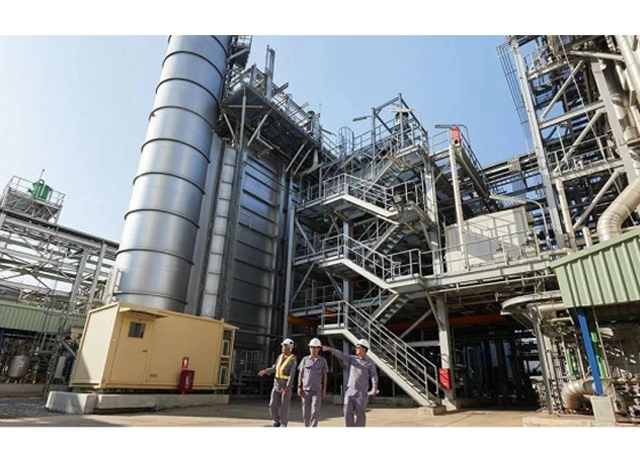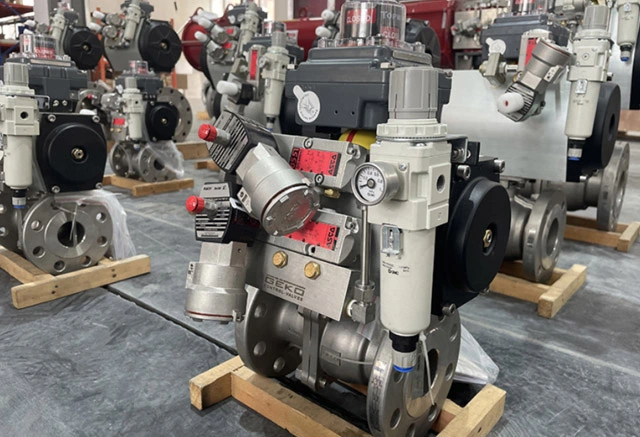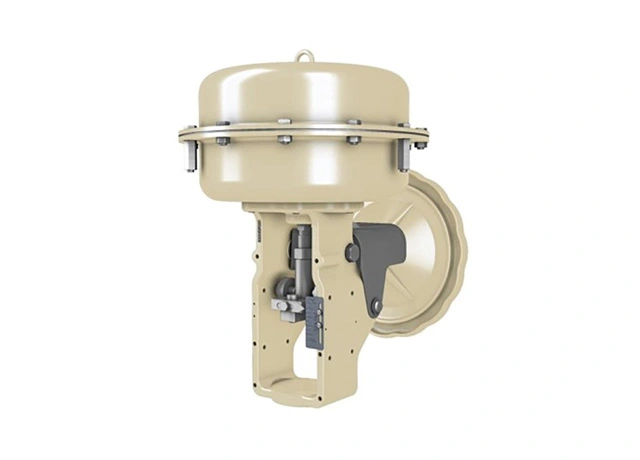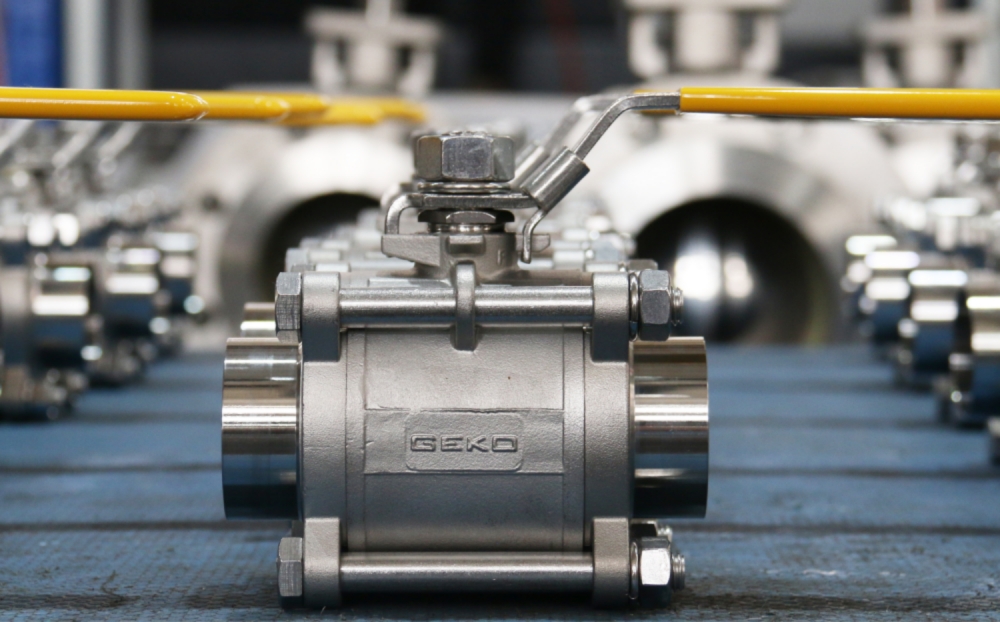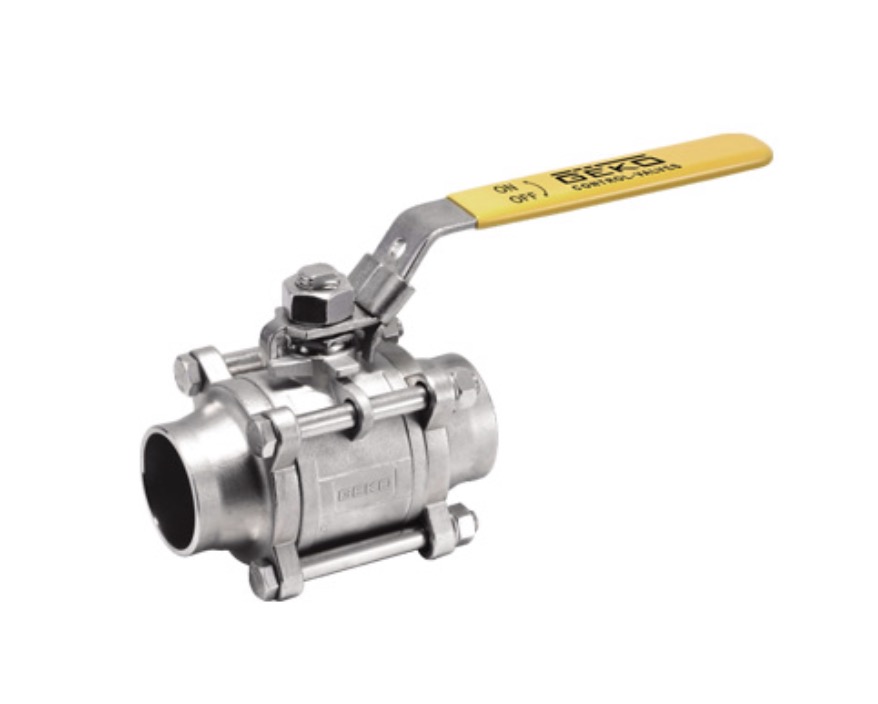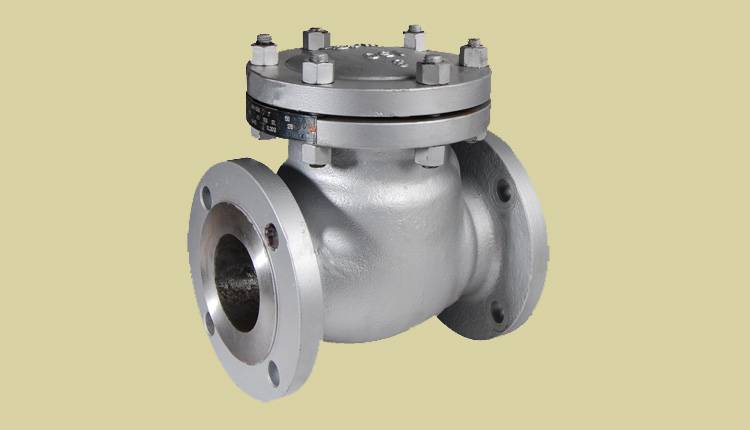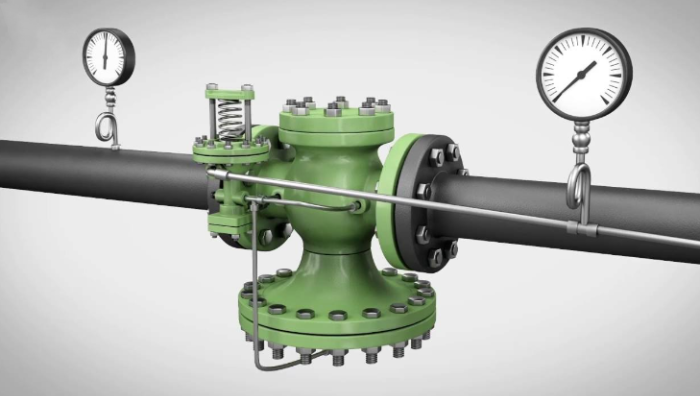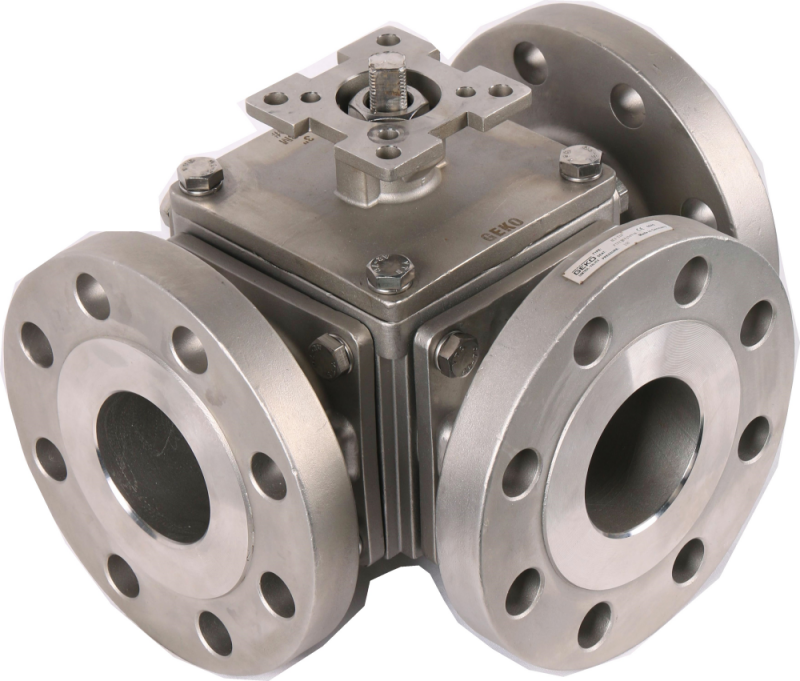GEKO Ball Valve Material Specification
Jun 04, 2024
Functionality and Performance:
The GEKO ball valve is used to control the rotation of the GEKO ball inside the valve body, achieving pipeline switching function. It is electrically adjustable (capable of continuous adjustment of valve opening from 0 to 90°), with an actuator driving the rotation of the GEKO ball inside the valve body and providing position feedback signal.
The GEKO ball valve is used in liquid-cooled cooling pipelines, with a medium of 44% water + 56% ethylene glycol, operating temperature from -50°C to 160°C, and able to pass a flow rate of at least 35L/min at 3 bar working pressure. Under specified working conditions, the GEKO ball valve has a service life of 20 years. Components (including spare parts and spare components, such as sealing gaskets, bolts, nuts, flat washers, and spring washers) should be interchangeable.
The sealing performance test of the GEKO ball valve should be conducted on a hydraulic (or pneumatic) test device, with test requirements of 6 bar for 30 minutes. After the test, there should be no leakage or seepage at any connection point or surface.
After assembly, the GEKO ball valve should undergo a pressure strength test, with a test pressure of 1.5 times the nominal pressure, maintaining pressure for at least 3 minutes. The shell should have no leakage or structural damage, and there should be no visible drops of liquid or surface dampness.
Appearance and Interfaces:
a) The GEKO ball valve shell should be free from cracks, shrinkage holes, sand (slag) eyes, air holes, cold partitions, or wrinkles. Flow direction markings, company logos, material codes, and batch numbers should be clear and correct on the shell.
b) The inner cavity walls of the filter should be free from sand adhesion, stains, and burrs, and the inlet and outlet connected to the pipeline should be fitted with covers or sealing paper.
c) The outer surface of the filter should be free from color difference.
d) The product should have clear identification marks.
It must comply with national safety requirements. During handling and use, the product must not have burrs or sharp edges that could scratch personnel.
Mechanical Interface Requirements (contact us at info@geko-union.com )
Electrical Interface Requirements (contact us at info@geko-union.com )
Operating Environment:
Temperature:
Ambient air temperature: -50°C to 160°C
Working environment air temperature: -50°C to 160°C
Humidity:
Annual average humidity: Relative humidity ≤75%
Continuous humidity for 30 days: Relative humidity between 75% and 95%
Occasional humidity: Relative humidity between 95% and 100%
Maximum absolute humidity: 30g/m3
Storage humidity: Relative humidity at 40°C: ≤98%
Nominal Pressure: Class 150
Shock and Vibration: Compliant with Class B Level 1 in GB/T 21563-2008.
Key Component Materials:
No.
Component Name
Material
Remarks
1
GEKO ball Valve Body
Stainless Steel CF8M
The material of the body must comply with GB T 20878-2007 Stainless Steel and Heat-Resistant Steel, with grade and chemical composition. Material report required, detailed drawings to ensure interchangeability.
2
Valve Stem
Stainless Steel 316
Detailed drawings required to ensure interchangeability.
3
Seal Ring
TFM1600
Material report required, detailed drawings to ensure interchangeability.
4
Bolt, Nut, Flat Washer, Spring Washer
Stainless Steel A2-70
Standard general purpose for interchangeability.
Process Requirements:
A. Castings and Forgings
Material reports and physical performance reports corresponding to the furnace batch number.
B. Welding Quality Requirements (if welding is involved)
Follow EN 15085 or GB/T25343 and ISO3834 or GB/T12467, with welding tolerances according to GB/T 19804-2005.
Weld seam quality grade: Steel and stainless steel welding quality meets ISO 5817, Class B; aluminum and aluminum alloy welding quality meets ISO 10042, Class B.
Quality and Reliability:
No.
Item
Judgment Requirement
1
Incoming Material Non-Conformance Rate
≤1% per batch (per year)
2
On-Site Defect Rate (including incoming materials and process)
≤1000 ppm per batch (per year)
3
Supplier Test Coverage
100%
4
User Site Annual Failure Rate
≤500 ppm per batch (per year)
5
Service Life
≥15 years
Verification Test Requirements:
Test Classification
a) Tests are classified into two categories:
Routine Tests
Type Tests
a) Routine tests are conducted on all products produced. Test reports are shipped with the products.
b) Type tests are conducted in the following cases and formal type test reports are provided:
For the first batch of products produced after identification or for older products produced at a new plant;
After formal production, when there are significant changes in structure, materials, or processes that may affect product performance;
When resuming production three years after product discontinuation;
When requested by the national quality supervision agency to conduct type tests.
c) In type tests, the number of test specimens is not less than two sets, and durability tests may be conducted on an additional two sets of samples.
Testing Items:
Serial No.
Test Item
Type Test
Routine Test
Standard Terms and Qualification Criteria
1
Visual Inspection
√
Surface cleanliness and intactness, free from dirt and stains, no scratches, collisions, or other mechanical damages. External edges and corners of joints should be smooth to prevent injuries during cable jointing.
2
Dimensional Inspection
√
Compliance with Section 6.3 requirements.
3
Weight Check
√
Weighing the product using measuring instruments. Results should meet technical specification requirements.
4
Internal Leakage Test
√
API 598 2009 "Valve Inspection and Testing."
5
Hydrostatic Test
√
Products tested at 30 bar pressure for 1 hour to check for no leakage at joints. (Sampling inspection)
Environmental Requirements:
Compliance with RoHS requirements.
Safety Requirements:
Serial No.
Safety Point
Measures and Requirements Taken
1
Crack Prevention
Passed Class B vibration and impact tests according to GB21563, after high and low-temperature tests. The valve body exhibits good sealing performance, high reliability, can work normally for extended periods without leaks, and meets safety standards required in industrial settings.
For more information, please contact us immediately at: info@geko-union.com .
Read More


